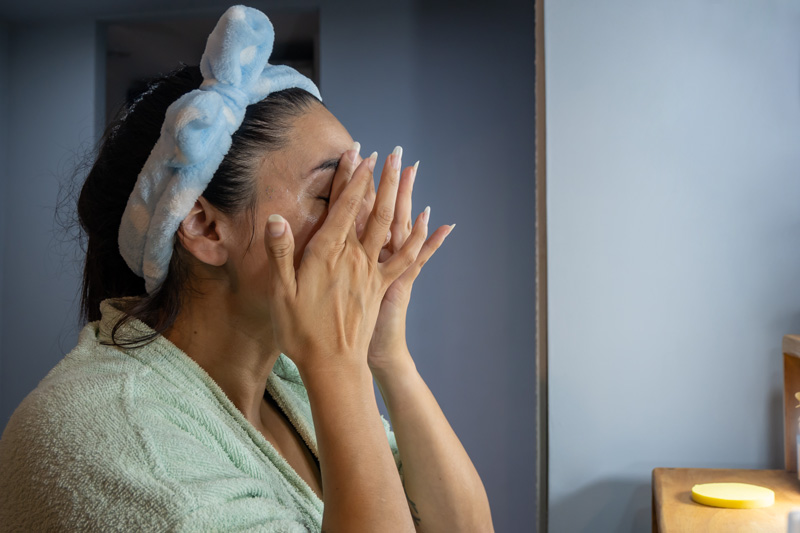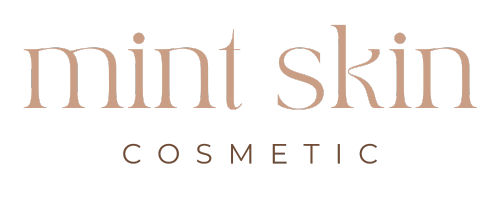
07 Feb Which exfoliating acid is best for your skin?
Exfoliating acids are a cornerstone in any skincare routine! I started introducing them about 10 yrs ago and I was shocked by how amazingly fast my skin responded. They are different from physical exfoliants, in that they don’t rip off the top layer of our skin. Instead, chemical exfoliates slowly dissolve the bonds between the superficial dead cells. This allows the top layer to slough off slowly over time to fade hyperpigmentation and make skin look and feel smooth.
Alpha Hydroxy Acids (AHAs)
Glycolic Acid
Known for its small molecular size, it penetrates the skin the deepest, promoting exfoliation and skin renewal. Great for improving skin texture, reducing fine lines, and treating hyperpigmentation (Fiume, 2017) (Almeman, 2024).
Lactic Acid
Has a larger molecular size than glycolic acid, so is gentler on the skin. It is effective in hydrating the skin & improving its texture, making it best for sensitive skin types (Fiume, 2017) (Almeman, 2024).
Mandelic Acid
This AHA is known for its gentle exfoliating properties, also ideal for sensitive skin. It also has antibacterial properties, which can be beneficial for acne-prone skin (Rizza et al., 2010) (Green, 2004).
Beta Hydroxy Acids (BHAs)
Salicylic Acid
This acid is oil-soluble, allowing it to penetrate and exfoliate deep inside the pores. This makes it the most effective acid for treating acne and blackheads (Saxena & Yadav, 2020) (Bowes, 2013).
Polyhydroxy Acids (PHAs)
Gluconolactone
PHAs like gluconolactone are known for their gentle exfoliating properties and are suitable for sensitive skin. They also provide antioxidant benefits and help in maintaining skin hydration (Saxena & Yadav, 2020) (Green, 2004).
Benefits of Exfoliating Acids
Improvement in Skin Texture
AHAs, particularly glycolic & lactic acids, are effective in enhancing skin texture by stimulating collagen production (Almeman, 2024) (Karwal & Mukovozov, 2023).
Acne Treatment
A combination of AHAs, BHAs, and PHAs have been shown in studies to improve acne conditions by reducing inflammation and clearing clogged pores (Saxena & Yadav, 2020).
Anti-aging Effects
AHAs are widely used for their anti-aging benefits, including reducing the appearance of fine lines and wrinkles & getting that lovely skin luminosity or glow as it’s often referred (Almeman, 2024) (Fried & Cash, 1998).
Hydration and Skin Barrier Support
PHAs and certain AHAs like lactic acid help in maintaining skin hydration and supporting the skin barrier, making them suitable for dry and sensitive skin types (Bowes, 2013) (Green, 2004).
In short, exfoliating acids are amazing at supporting the skin. But a cautionary tale, introduce them slowly. Especially if you have sensitive skin. Start by using them once per week for a month – and then twice per week. You may never be able to build up to daily, but some may.
Avoid using exfoliating acids on the same night as your retinoid – as most skin types will find the duo too irritating.
Also note that percentage matters. The higher percentages are more effective, but more irritating. Consistency is what matters most. So slowly introduce and maintain at the percentage and timing that works best for your skin.
And as always – SPF daily!


